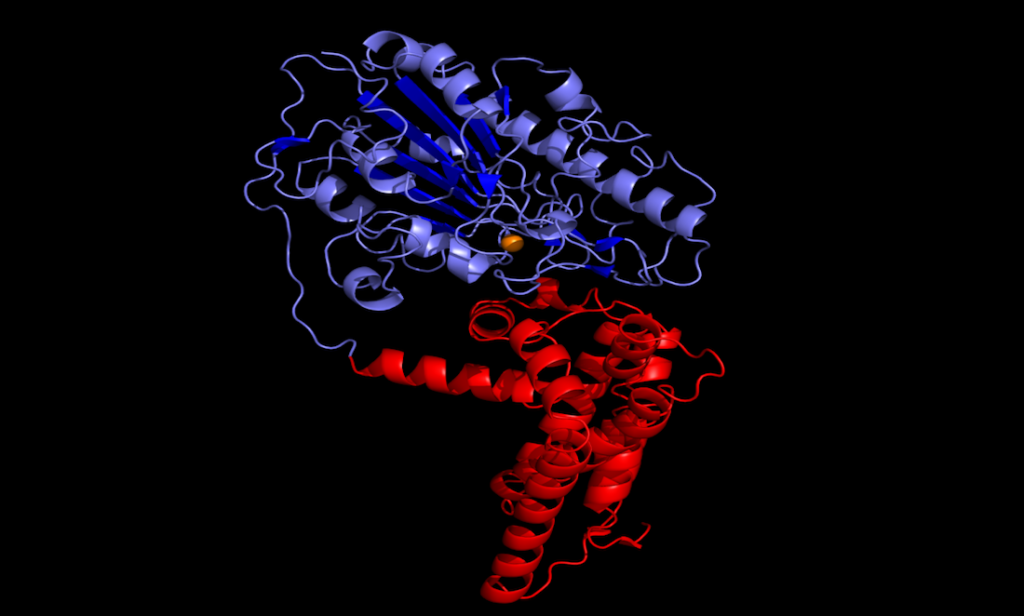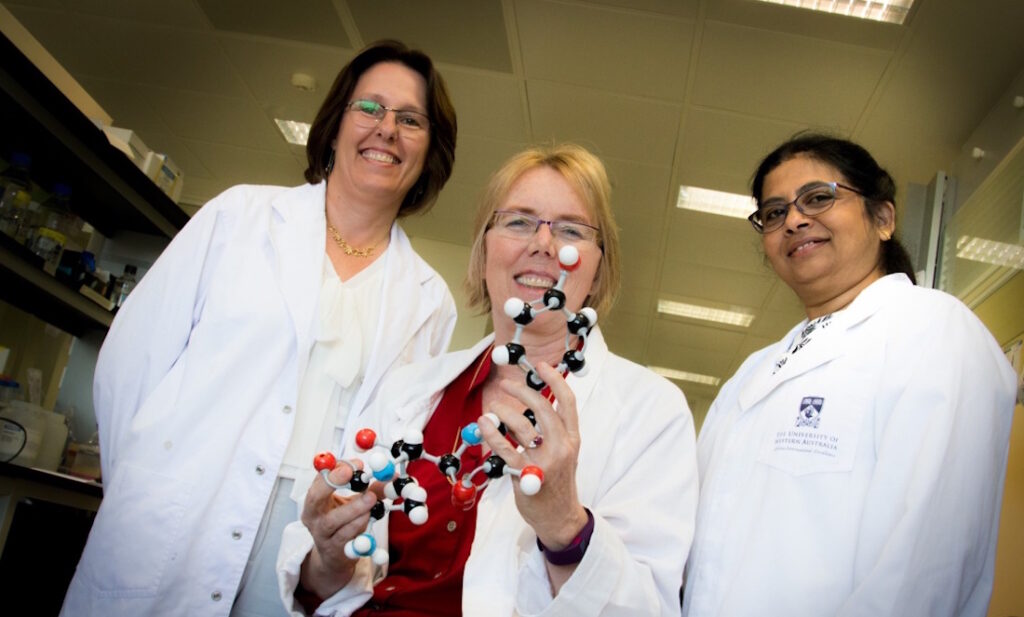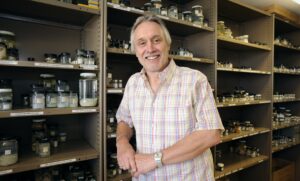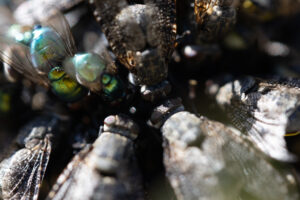Drug-resistant bacteria, known as ‘superbugs’ are multiplying, killing millions of people across the globe.
THE CURRENT SITUATION
With the widespread prescription of antibiotics, bacteria has built up an immunity to them and transformed them into superbugs. Antibiotics are useless at treating such bacteria, even in face of common urinary, gut and blood infections.
There are no concrete superbug mortality figures for Western Australia. But superbugs are thought to cause about 700,000 deaths each year globally.
And that number may reach 10 million yearly by 2050, according to the World Health Organisation.
But new WA research is providing new hope for fighting the deadly bacteria.
OVERCOMING THREAT
UWA scientist Professor Alice Vrielink is leading the push to overcome the superbug threat.
Alice and her team have provided world-first insights into one of the ways in which antibiotic resistance occurs. This has opened the door for new treatments to combat superbugs.
They have been able to analyse the specific enzyme known as EptA.
EptA ‘masks’ bacteria from both the human immune system and the antibiotic colistan.
Colistan is a last-resort antibiotic only used when other antibiotics are no longer effective.
But now superbugs have become resistant to colistan as well.
RIPPLES OF EXCITEMENT
Alice and her team used a method called X-ray crystallography at the Australian Synchrotron. The method helps them collect data to map the three-dimensional shape of EptA.
By understanding the shape of the enzyme, they can understand its chemistry. And by understanding the chemistry, they can design a new molecule that will stop EptA from masking deadly bacteria and making them antibiotic-resistant.
Such findings have sent ripples of excitement through the medical research world.
But Alice warns that the process of taking a new drug to market can take up to a decade.
“Designing a molecule that will block the enzyme is one thing,” Alice says. “But we then need to make sure that it only blocks that enzyme and doesn’t have other side effects.”
“When we reach that point, these new treatments will be a huge step forward for public health worldwide.”
National Health and Medical Research Council of Australia funded the research.











